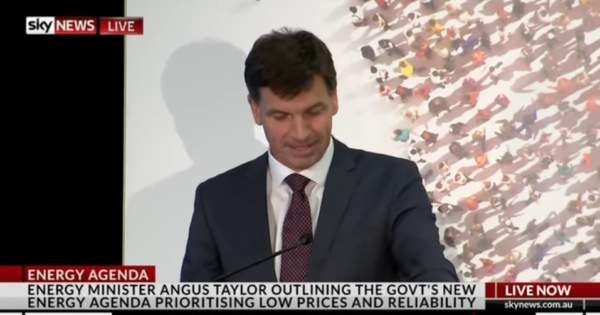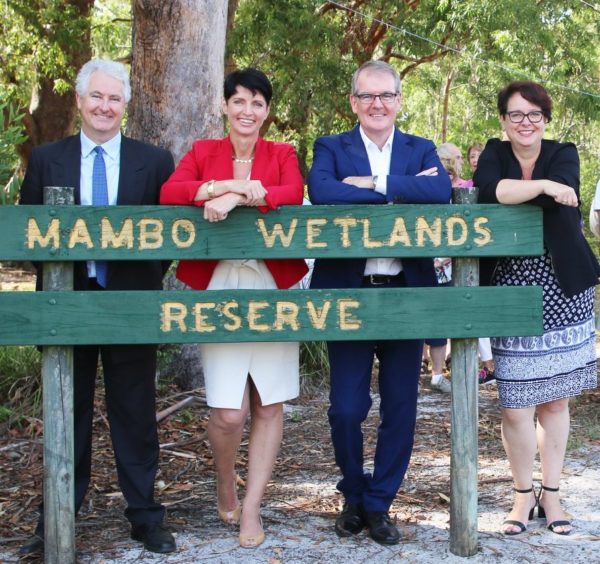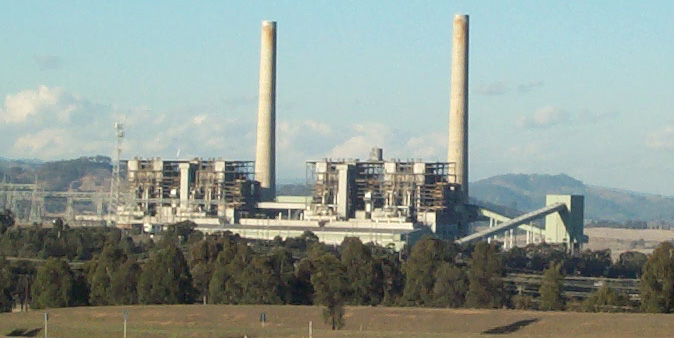In the lead-up to NSW state elections on 23 March, energy policy has gradually come to a simmer. The incumbent Liberal Party and the opposing Labor Party first crossed lightsabres with promises to offer NSW constituents subsidised installation of rooftop solar. Since then NSW Labor has committed to a renewable energy target for the state and other more comprehensive proposals aimed at energy transition.
Now a seeming wildcard in the form of twin ultra super critical coal-fired power plants proposed by two Asian-based companies and a Hunter Valley industrial landholder could flush out the true intentions and/or energy-transition resolve of the two parties. The Federal Government may also be involved.
It emerged today that a memorandum of understanding has been signed between three entities to develop two (2) 1000 MW ultra super critical coal-fired power plants on land in the Hunter Economic Zone (HEZ).
The project is said to have been initiated by Cavcorp, a company wholly owned by Parramatta-based businessman Francesco Cavasinni, who in 2012 paid $5.5 million for the 70-hectare HEZ site.
The other signatories to the MOU are Kaisun Holdings, an investment company listed on the Growth Enterprise Market board of Hong Kong stock exchange and describing itself as “a front runner” in China’s Belt and Road Initiative; and engineering, procurement and construction firm China Energy Engineering Group, one of China’s biggest power-plant developers.
NSW Department of Planning & Environment has apparently not yet received a formal submission from the group, but Cessnock mayor, Bob Pynsent said Cavasinni had briefed the Council some weeks ago on what Pynsent describes as a “left-field” plan.
“It’s a fantasy,” NSW Labor shadow minister for Energy and Climate Change, Adam Searle told pv magazine.
Searle said, so far this is just “an MOU signed between two Chinese companies and a Parramatta-based $2 shelf company. The first thing I would say is they had better do their due diligence because four, possibly five other proposals for much less polluting ideas have been knocked back in the HEZ due its environmental constraints. It’s a heavily constrained area.”
Pynsent had confirmed with The Guardian this morning that there were environmental issues in the HEZ, which is one of the last remaining habitats for the Regent Honeyeater — researchers say there are now fewer than 400 birds in the wild.
Searle also emphasised that the cost of building new coal-fired plants would be so great as to drive the price of electricity in Australia’s National Energy Market far higher for energy consumers.
Tim Buckley of the Institute for Energy Economics and Financial Analysis says the price tag for development of 2000 MW of new coal generation would be between $4 billion and $5 billion. To which he says the company would also have to add the cost of emissions: “Any incoming new government at some time in Australia’s future is going to put in an emissions-intensity scheme, or a tax on carbon pollution, or emissions controls, so you’ll see a significant uplift in the cost of any coal-fired electricity.”
Buckley told pv magazine he doubts that Federal Energy Minister Angus Taylor could enshrine indemnity for new coal-fired power in law before the likely Federal election in May, but, “stranger things have happened with our Federal Government.”

A spokesperson for Taylor declined to say whether the Kaisun-mooted project was among submissions received for the Government’s Underwriting New Generation Investments Program, which many industry insiders expect will include coal-fired generation.
As Buckley points out, “We don’t know who is really behind the Australian arm of this MOU, but the story got credibility because the land does exist, and the proponent has met with the Muswellbrook Council — beyond that no-one knows who the Australian players are.”
Professor Andrew Stock, a councillor with the Climate Council of Australia, and one of the authors of the recent report on the state of NSW energy policy and transition — Ageing and unprepared: Energy in NSW — says, “The climate science says there is no role for new coal-fired power in Australia. It’s a complete nonsense to be contemplating new coal-fired power plants in Australia that will lock in emissions for another 40 or 50 years.”
Economics would also nix any emerging proposal to build new coal-fired plant, and not just because of the high cost of electricity produced by new coal. The jobs-creation argument says Stock, also fails the test, since the building of renewable energy and of new coal-fired plants each generate jobs in the construction phase, but both technologies require few employees once they are operating.
Importantly, says Stock, “because renewables now provide the lowest-cost source of new electricity and the cleanest, they can provide a platform for low-cost electricity and that will help underpin stronger growth across the whole economy — which brings extra jobs.”

Image: Michael Daley
Searle reiterated the NSW Labor Party’s conviction that, “The future of energy in NSW is renewables, backed by storage.”
He said, new coal-fired plants will play no role in our energy future. “The existing coal-fired power stations have an important role to play for the remainder of their life. We must use that time to develop new, decentralised, clean renewable energy… if we want energy that is clean and if we want energy that is cheaper.”
Don Harwin, the NSW Liberal Party Minister for Resources, Energy and Utilities, and his office were unavailable for comment on the surprise appearance of an MOU to develop new coal-fired power in NSW’s backyard.
This content is protected by copyright and may not be reused. If you want to cooperate with us and would like to reuse some of our content, please contact: editors@pv-magazine.com.









By submitting this form you agree to pv magazine using your data for the purposes of publishing your comment.
Your personal data will only be disclosed or otherwise transmitted to third parties for the purposes of spam filtering or if this is necessary for technical maintenance of the website. Any other transfer to third parties will not take place unless this is justified on the basis of applicable data protection regulations or if pv magazine is legally obliged to do so.
You may revoke this consent at any time with effect for the future, in which case your personal data will be deleted immediately. Otherwise, your data will be deleted if pv magazine has processed your request or the purpose of data storage is fulfilled.
Further information on data privacy can be found in our Data Protection Policy.